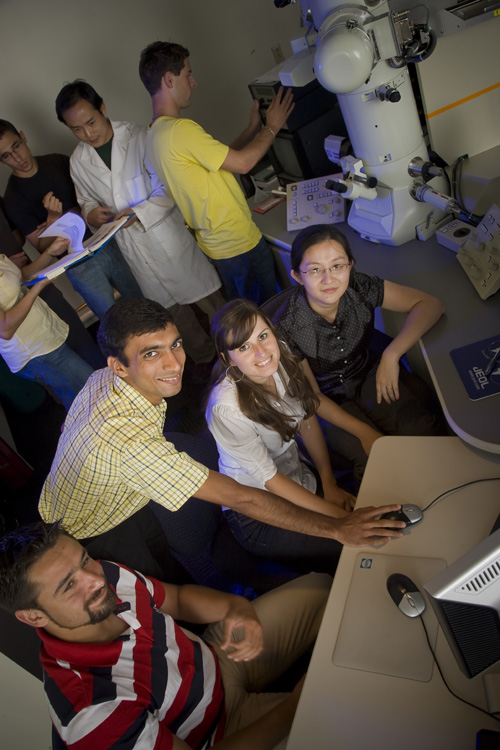Learning Communities to Boost Student Success
A new initiative beginning this fall will integrate the classroom with learning experiences beyond the academic setting for many UALR students.
 Six learning communities are now open for applicants, each providing a tailored experience to help undergraduate students make the transition into college by teaming them up with peers, professors, and mentors.
Six learning communities are now open for applicants, each providing a tailored experience to help undergraduate students make the transition into college by teaming them up with peers, professors, and mentors.
Daryl Rice, associate vice chancellor for academic affairs and student success, said the goal is to increase student retention by creating a stronger support system.
“Retention literature and experience have shown that for students, what takes place outside the classroom is just as important as what happens inside the classroom,” Rice said.
Five of the learning communities are tied to the residence halls, meaning that students living on campus will be residing in the same area with others in their program. Students will benefit from being around others with similar interests as well as resident assistants who may serve as mentors and tutors, Rice said.
The five Living Learning communities include:
- Exploring the Arts
- Nursing as a Career
- Future Business Leaders
- STEM (science, technology, engineering, and math) Focus
- Exploring a Major and Career
Each community features components special to its academic area. The arts section, for instance, will include trips to see what goes on behind the scenes at cultural centers, while the business area will present panel discussions with local business leaders.
The communities include academic courses with professors who are committed to expanding their classrooms to include more engagement opportunities, networking, and student development.
With the exception of the STEM Focus, all areas have required classes for the program.
“Living Learning Communities help shrink a big university for students by providing them an easy way to be part of a smaller, more tightly knit group,” Rice said.
He added that the five living learning communities also help students make early decisions when it comes to their chosen field and learn in a very concrete way about the broader culture of a career to see if it’s a good fit.
“They learn to know, for example, the sorts of persons with whom they will be rubbing shoulders regularly when the leave college,” he said.
In addition to the Living Learning Communities, the initiative will include one community open to all students, regardless of whether they live on campus.
According to Rice, this Linked-Course Community provides an opportunity for students to explore the interconnectedness of disciplines.
“Making connections is the overarching theme,” Rice said. “Students often go into one class, walk out, and then don’t apply what they learned to another class. These communities help open their eyes to those connections, that what they learn in one class has relevance to another.”
Although only one such community is in place for the fall semester, Rice said the administration hopes to be able to add more.